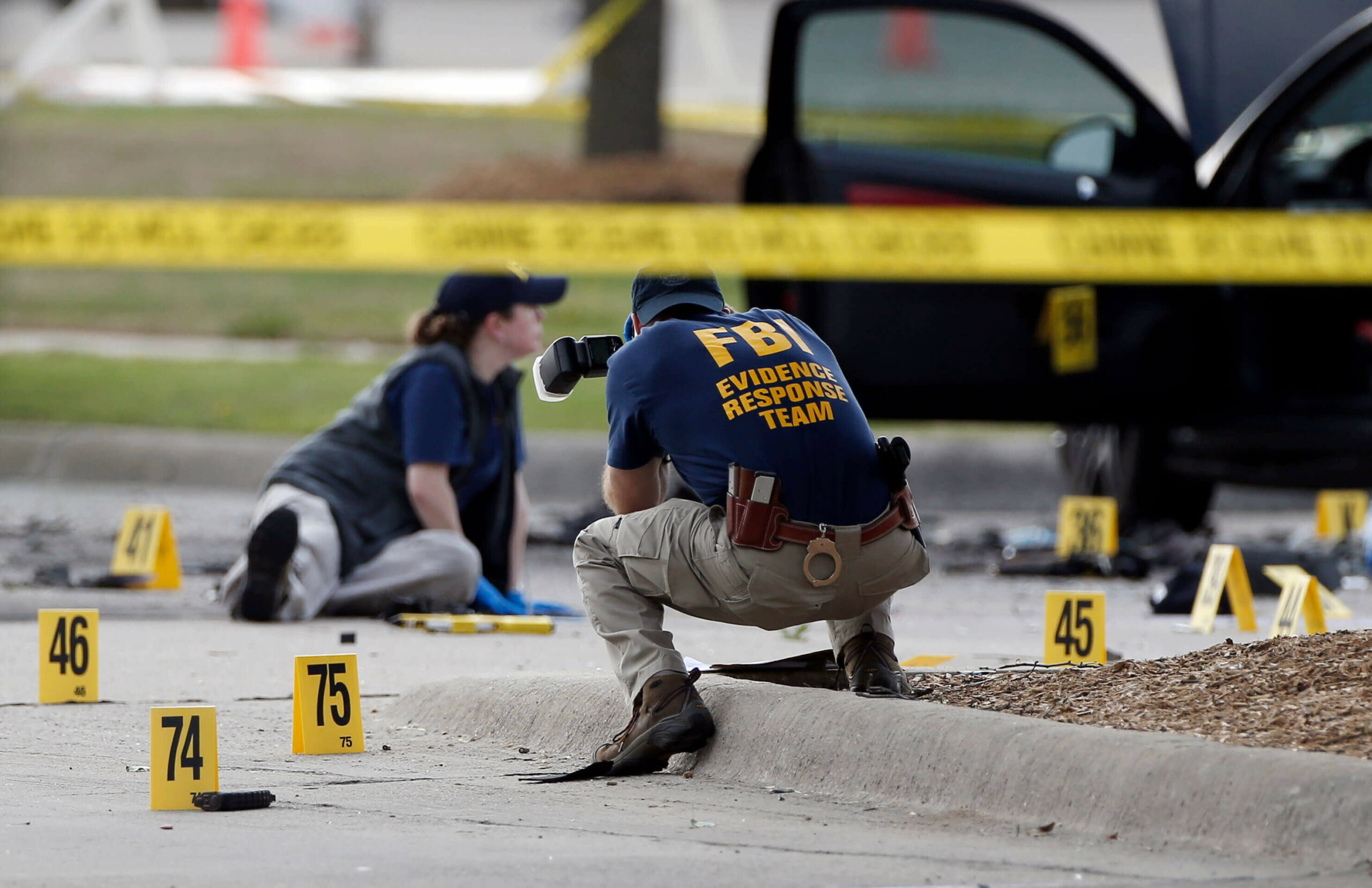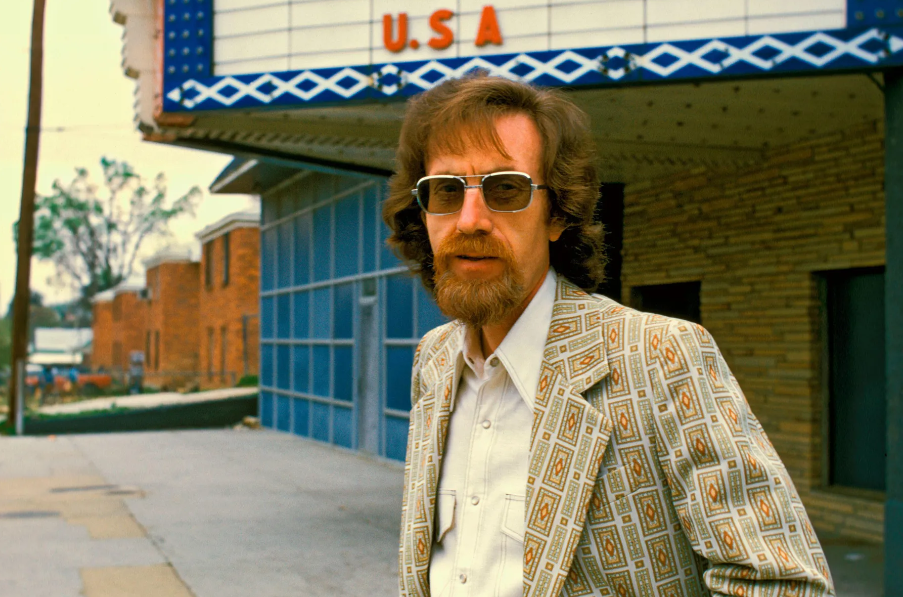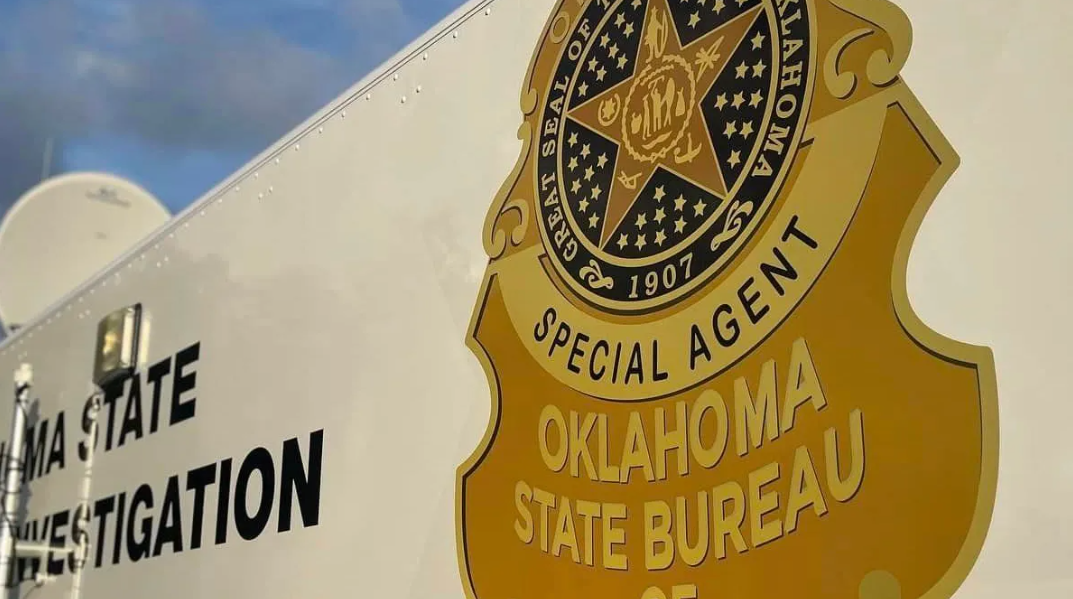Michael Jackson is dead, but the controversies have just begun. Among the growing issues surrounding his death are the actions of the first responders and investigators. On July 3, 2009, the Associated Press ran an article which asked several pointed questions; Why didn’t the police seal the mansion where he had been living? Why didn’t they get immediate search warrants? Why did they tow away a doctors car right after the death but not declare the home a crime scene? These questions point to serious question for all law enforcement personnel – what is a crime scene?
Determining a crime scene as early as possible during a criminal investigation can be critical. As an example, a properly protected crime scene minimizes degradation of biological evidence, cross contamination and chain of custody issues. There are two distinct ways to define a crime scene. A common definition of a crime scene is a location where a crime occurred. This definition falls short of law enforcement operational needs. But, among the problems with the common definition are: 1) the delay resulting from the difficulties associated with determining if a crime occurred; 2) the nature of trace evidence and the underlying Theory of Transfer; and, 3) common police tactics which may not be conducive crime scene best practices.
In an effort to minimize the problems with the common definition, for law enforcement operations a crime scene should be defined as a person, place or thing wherein evidence of a crime may exist.
Law enforcement personnel are involved in call kinds of different incidents. However, the primary functions of American law enforcement still revolve around the concepts of the prevention and detection of crime, and the apprehension of offenders. This means that when the police are called they are more than likely responding to a potential crime scene. Moreover, many routine traffic stops develop into a felony arrest which means that every routine traffic stop is potentially a crime scene. Any delay in implementing crime scene best practices can be minimized if police officers realize their routine investigation may develop into something much larger.
The Theory of Transfer states that when two objects come into contact they leave something of themselves with the other object. This is the essence of trace evidence – it is a trace of that contact. The purpose of closing crime scenes is to minimize contamination. The good police managers avoid going into a crime scene to “look around” because they realize they could inadvertently bring trace material into a crime scene or take trace material from a crime scene.
Put yourself in the position of a detective with search and arrest warrants for the home of a homicide suspect. Although the murder didn’t occur in the suspect’s home, you know that their clothing, the weapon or perhaps other evidence may be in the home. However, because the person is violent felon, you employ your tactical team to make the initial entry. Although evidence preservation and collection should never supplant good safety tactics, you are still entering a crime scene. While the crime didn’t occur in the suspects home, you are searching for evidence and crime scene practices are essential.
During investigations, police officers commonly take biological and trace evidence from offenders. It is clear that not only are locations crime scenes but so too people, and crime scene best practices and evidence collection protocols should be followed with people as well as locations. Furthermore, as in the case of the routine traffic stop that leads to a more serious crime, things such as vehicles can be crime scenes.
A police officer often does not know what will eventually develop into a crime scene. Based on his lifestyle, Michael Jacksons death at 50 isn’t all that unusual, it is suspicious and there needs to be an accounting of the people who may have contributed to his death. While we don’t know if any crime occurred, the public certainly has strong suspicions and the responsibility falls to law enforcement to follow through on those suspicions. Therefore, because his body, his rented home and his doctor’s car may contain evidence of a crime, they should be treated as operational crime scenes.











